The Toronto Comic Arts Festival is one of the most influential and important comic book event in North America. It’s mission is to “promote the creators of comic books in their broad and diverse voices, for the betterment of the medium of comics”. In the spirit of this mission, The Beat has conducted a series of interviews with some of the phenomenal cartoonists in attendance at this year’s festival. We hope that these interviews will improve our understanding of these creators voices, techniques, interests and influences. Read on for our interview with Caitlin Cass.
Caitlin Cass is a cartoonist you may know under the alias of “The Great Moments in Western Civilization Cooperative”. Her work has appeared in The New Yorker and The Nib. Her work is fascinating. She manages to find interesting and new ways to look at historical events and shed new lights on them. I’ve spoken with her about her newest project Women’s Work: Suffrage Movements 1848-1965 and her long-running comic series The Postal Constituent.
Philippe Leblanc: For those readers who may not be familiar with you and your work, can you tell us a little bit about yourself?
Caitlin Cass: I make comics that folklorize historical failure and foretell grim futures. I’ve been creating a bimonthly mail subscription comic called the Great Moments in Western Civilization Postal Constituent for almost ten years now. I also make cartoons for The New Yorker (when they’ll take them) and exhibit my art and installations in galleries. I’m from Chicago but live in Buffalo, NY now.
Leblanc: I have to ask, where does the term “The Great Moments in Western Civilization Cooperative” comes from? How did it become such a prominent aspect of your work?
Cass: I named myself the Great Moments in Western Civilization Cooperative when I was in college studying the Great Books. Most of my comics poked fun at the Western Canon, so it was a sarcastic title. I also liked the idea of co-opting the authority of multitudes for my own devices, similar to the way privileged white men throughout history co-opted history to suit their needs.
Leblanc: Let’s begin by talking about your ongoing webcomic Women’s Work: Suffrage Movements 1848-1965. It’s an historical account of the movements that led to the 19th amendment who gave women the right to vote and the Voting Rights Act of 1965. What led you to start this webcomic?
Cass: Over the past five years or so I’ve been making a conscious effort to diversify the stories I tell. I used to focus on the same kind of archetypal male figure who puts a ton of energy into something only to have it fail miserably. This incessant kind of critique started to feel less and less productive so I began to imagine how these stories would be different when they are about women and minorities. Then the curator at the Burchfield Penney Art Center (a postal constituent subscriber) reached out to ask if I would like to create a project about Women’s Suffrage for a New York State grant celebrating the centennial of the 19th amendment. I jumped at the chance.
Leblanc: This is a very ambitious project. You’re hoping to tackle “what is lost in the erasure of nuance for the sake of political expediency and remind us that Women’s Suffrage was not an inevitable mark of progress”. You’re taking a nuanced approach to the topic, have done a lot of research and you’ve been working in partnership with Burchfield Penney Art Center. You’ve worked on other historical topics before, but this one seems to be more involved than usual. Could you tell us about your process for Women’s Work?
Cass: This is definitely more involved then my past projects. In the past I’ve focused on telling hyper-abbreviated–almost comically over-simplified– canonical histories. I was making fun of the way traditional history abbreviates. These stories were a form of critique, but when it comes to women’s history or minority histories, I have no interest in telling an over-simplified story. It would be unethical. Many people don’t know these stories to begin with so I have more responsibility to show the nuance. I try to tell many different versions of these stories and let the reader decide how they fit together. These stories are heavily researched–I’m reading multiple sources for every installment. The scope of the project is admittedly insane– it’s over one-hundred years of history. I needed to include the Civil Rights Act of 1965, because many minority women in the U.S. were not allowed to vote until this act passed. So this kind of made the timeline sprawl, but I’m trying to structure the story around three main moments: The origins of the movement, the ratification of the 19th amendment and the passing of the Civil Rights Act of 1965. A new webcomic comes out every other Monday, and I’m making it installment by installment. I have a rough outline of what historical moments go where (I plan to jump around in time) but other than that I’m truly figuring it out as I go. With each installment I read a bunch and then start drawing and then realize I need to read more. So I’m reading and drawing, drawing and reading. Sometimes using my ruler as a bookmark. I have a whole suffrage library at this point. I’m not sure how I’m getting it done. Magical thinking mostly.
Leblanc: Women’s Work is a very interesting visual work. You’re taking cues from different styles, banners and ephemera of the type period and integrating that in work. Can you tell us about how you are blending you style to others for this project?
Cass: In these first few months I’ve been trying to establish a norm, so I haven’t broken the form much yet, but it will begin to break more and more as the story progresses. So far the only really different element is an acrylic painting, but I’m planning on having embroidery, etched and screen-printed elements as well. They will all take inspiration from ephemera associated with the suffrage movements: protest banners, newspapers, and illustrations from old ladies magazines like Godey’s Lady Book. In the end the whole comic will be featured in a mixed media exhibition and I want it to feel like historical exhibit with fabricated artifacts. These artifacts are not intended as counterfeits, you will always be able to see my wonky hand. My hope is that when people see them they will question their veracity and look at the stories I’m telling with a more critical eye.
Leblanc: Women’s Work is serialized online and come out twice a month until March 2020. It’s a big undertaking taking a lot of time and effort. Is there any way we can help support you during the creation of Women’s Work?
Cass: As far as supporting myself goes, I received a state grant (NYSCA DEC) grant through the Burchfield which is making this whole thing possible. Right now I’m also teaching high school art full time at an all girls independent school in Buffalo called the Buffalo Seminary. It’s been a little crazy starting this comic and working full time, but I get to take a partial sabbatical next year so I will have more time to devote to the project.
As far as help from others, just having more folks read the comic would be fabulous. They can also subscribe to the Postal Constituent online or in person at TCAF.
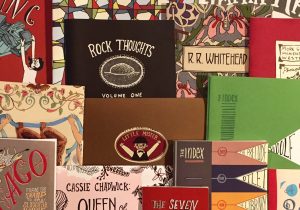
Leblanc: What’s the future of this project? Will we see a collection of this story next year?
Cass: There will be an exhibition at the Burchfield Penney in March of 2020. I’m making the comic as an installation as much as I’m making it as a book. Once the exhibition is complete I will need to reformat, edit and possibly add some things before it becomes a book. Then I will look for a publisher.
Leblanc: In addition to this project, you’ve also been making another series since 2009 called The Postal Constituent. Could you tell us more about this webcomic?
Cass: It’s actually not a webcomic! It’s a mail order comic I send it out every other month to subscribers. The format and content changes with each issue. It’s the thing that’s taught me to make comics and it’s been insanely fun. Pretty much all the comics I will sell at TCAF are part of the Postal Constituent.
Leblanc: You describe The Postal Constituent as a series that “folklorizes historic failures and grim futures”. How do you decide which events are featured in this series?
Cass: I use the Postal Constituent as a way to study or think more about things that interest me. There’s no one way I find these stories. Sometimes they come out of intense research, sometimes it’s something that’s mentioned in passing when I’m reading something else. Sometimes they are dreams I happen upon in free-writing or free-drawing. Once in a while I just draw the panels and see what happens!
Leblanc: What do you want readers to take with them once they’ve finished reading your comics?
Cass: I hope they are left thinking. I don’t really care so much what they think about as long as it sends them into some kind of inner dialogue. It doesn’t have to have anything to do with the actual content of my work. Some of my favorite art just make my brain move in new directions, and it’s not always about the content. I hope my work is a Rorschach test for people’s own imaginations.
You can find Caitlin Cass’ comics on her website, subscribe to The Postal Constituent and purchase issues of her series The Postal Constituent on her webstore. You can read Woman’s Work: Suffrage Movements 1848-1965 online.
You can come meet Cass during TCAF. She’ll be at table 307 on the third floor. She’s looking forward to meeting you.


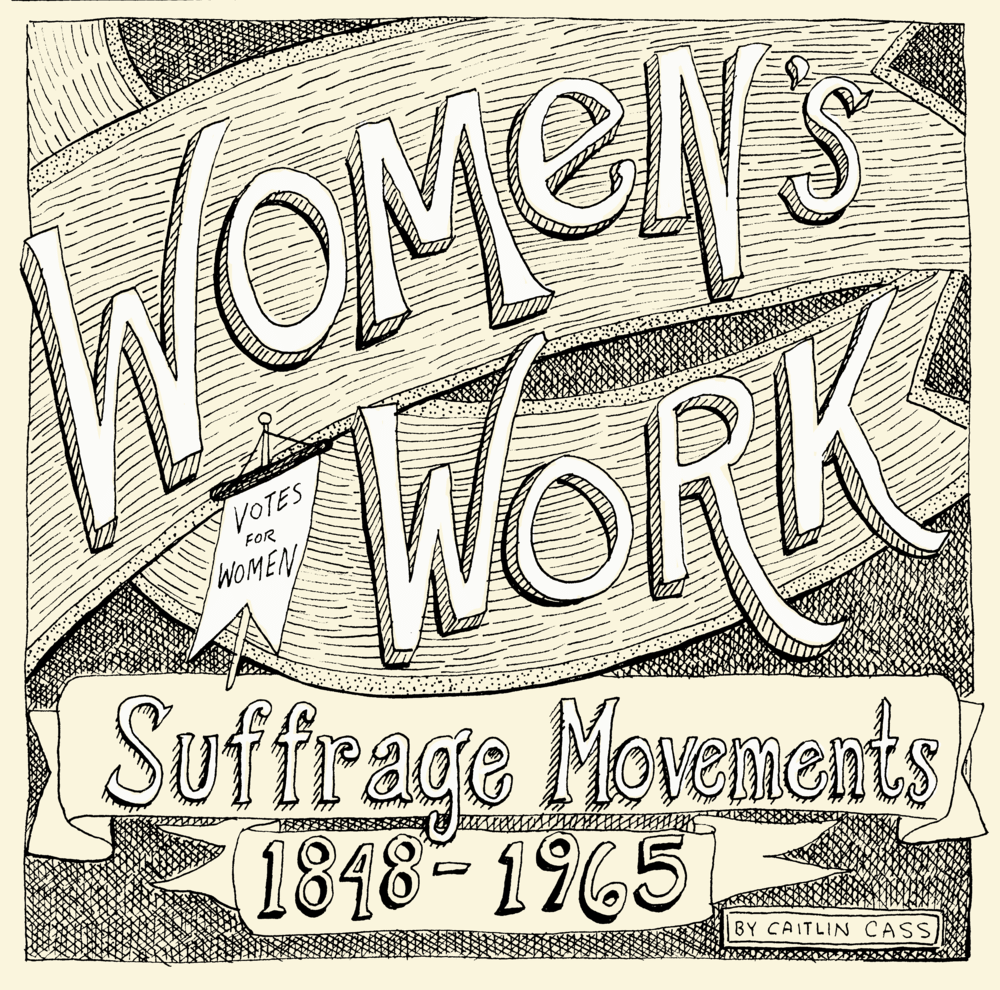
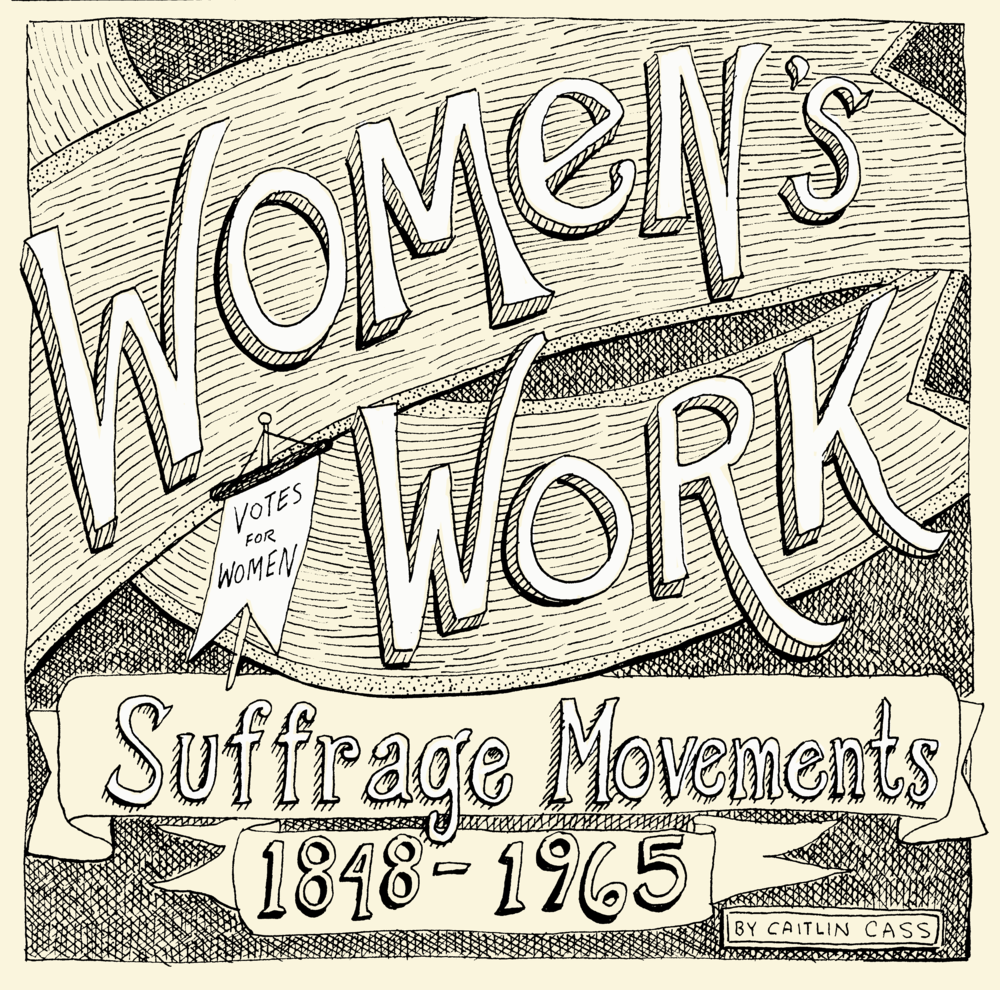
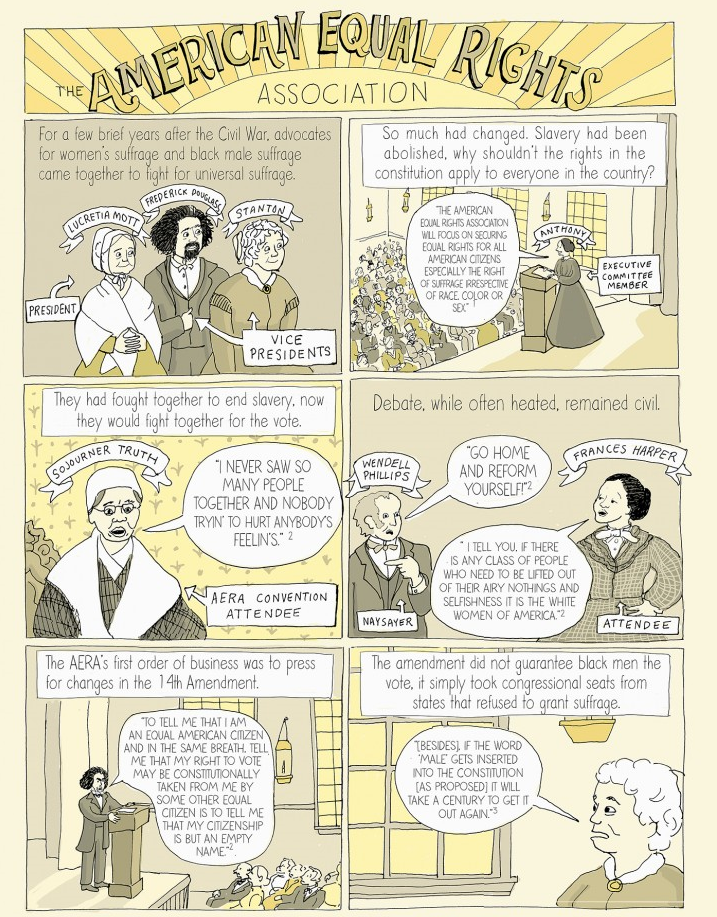
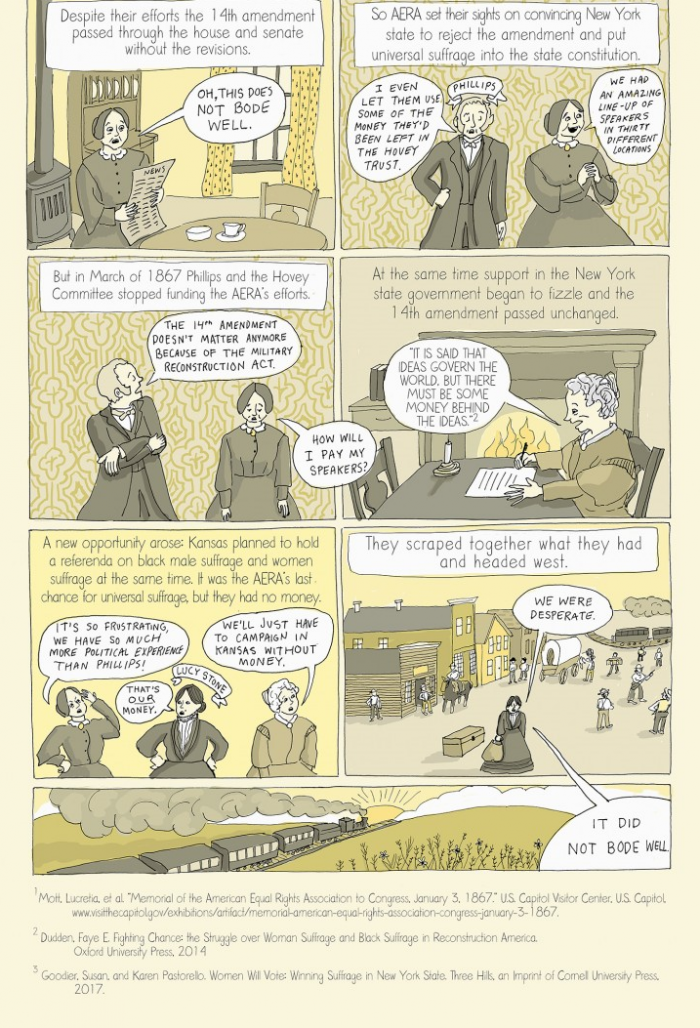
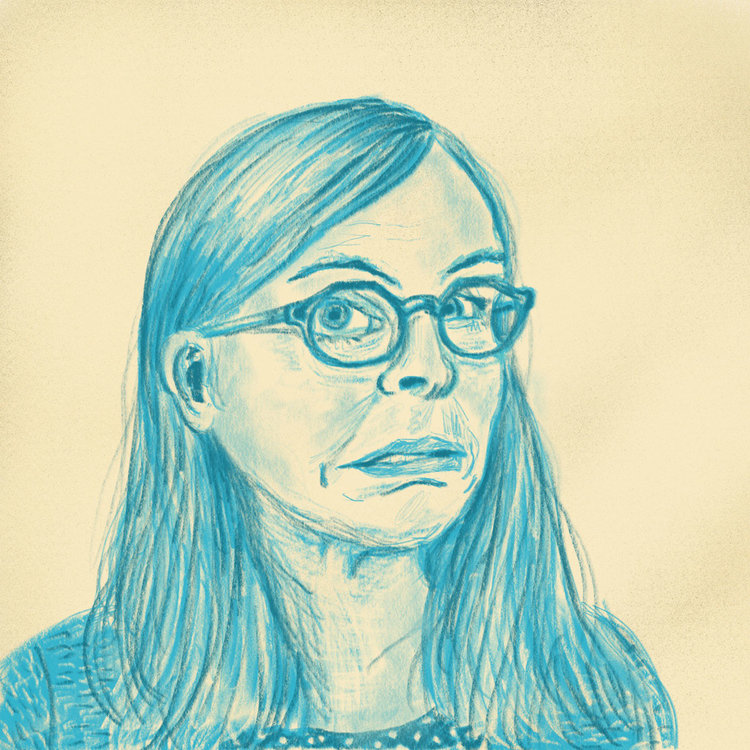


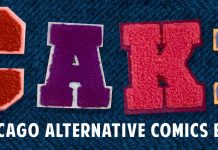
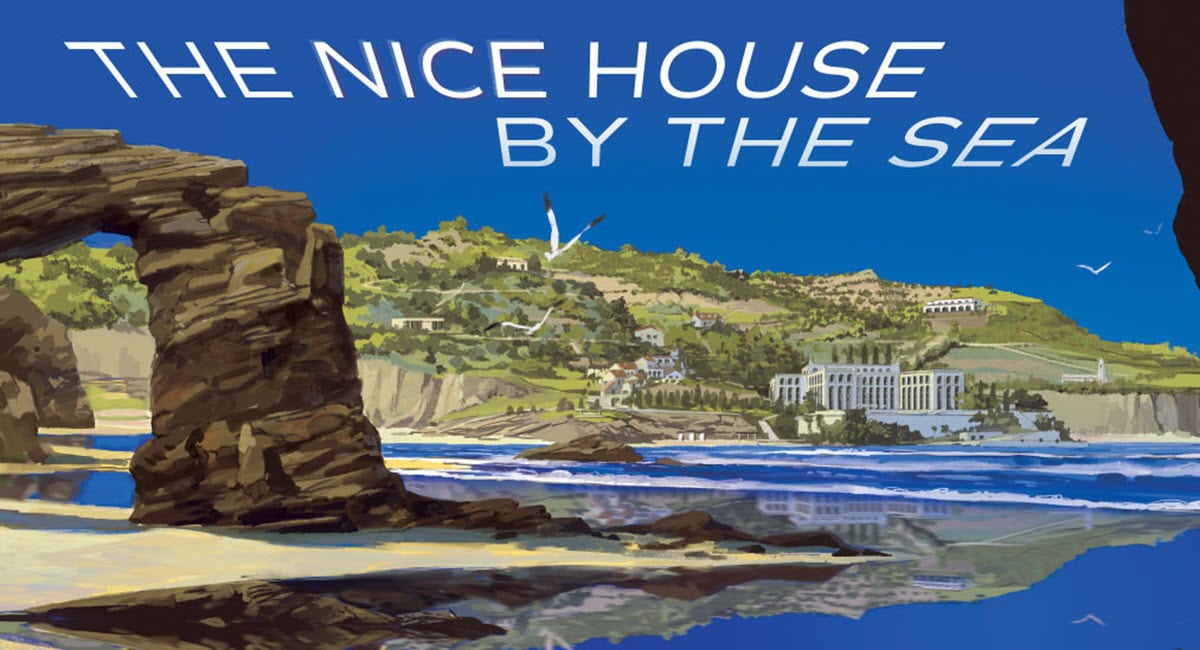



Comments are closed.